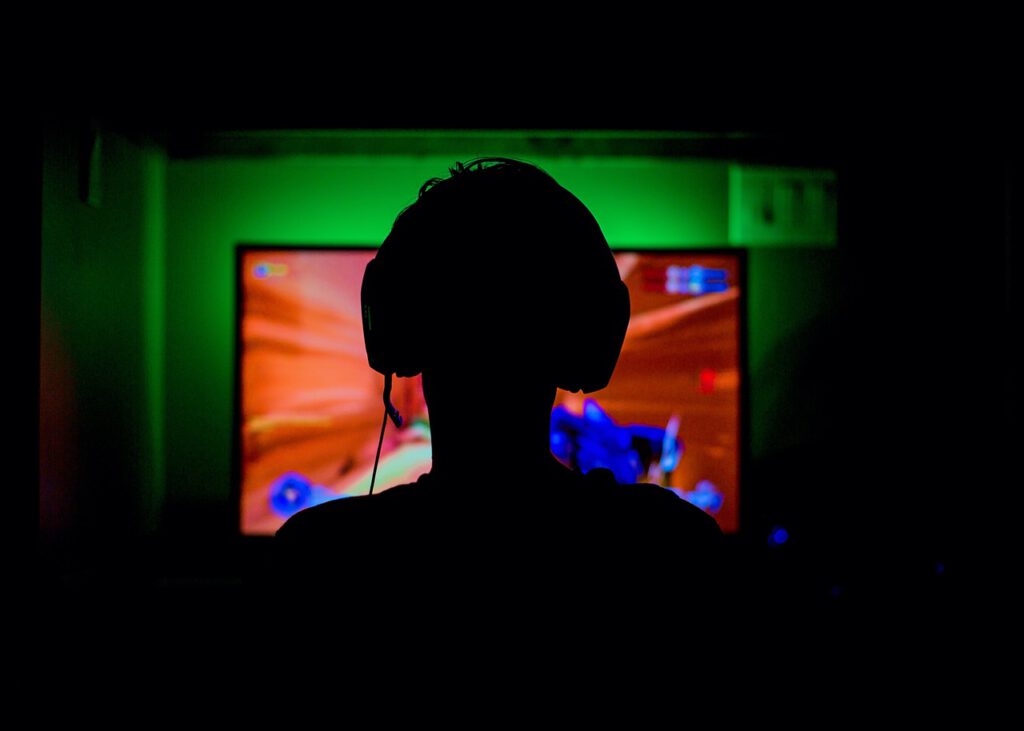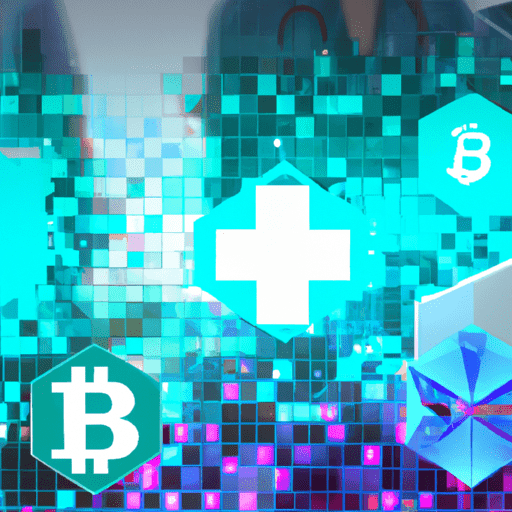The Digital Age Dilemma: Gaming Addiction
In today’s digital age, gaming has become a ubiquitous part of our lives. While video games offer entertainment, social connection, and even educational benefits, for some, gaming can turn into an addiction. Internet Gaming Disorder (IGD) is a growing concern, associated with multiple health and mental issues. From emotion dysregulation and neurocognitive impairment to executive dysfunction and physical problems, the impacts of IGD are far-reaching.
Despite the growing awareness, effective treatments for IGD are still limited. Many existing interventions fail to offer long-term relief, with individuals often relapsing once the treatment ends. This underscores the need for innovative and sustainable solutions to combat gaming addiction.
Understanding Internet Gaming Disorder
IGD is characterized by an uncontrollable urge to play video games, leading to significant impairment or distress. Those affected often experience strong cravings and find it challenging to regulate their gaming habits. These cravings are linked to changes in the brain, particularly in the frontal regions, such as the orbitofrontal cortex and the dorsolateral prefrontal cortex. These areas are crucial for reward processing and executive control, which are often impaired in individuals with IGD.
Moreover, altered connectivity among brain regions involved in reward processing and executive control has been observed in IGD sufferers. This altered neural activity can make it difficult for individuals to resist the urge to game, even when they are aware of the negative consequences.
The Promise of Mindfulness Meditation
Enter Mindfulness Meditation (MM), a versatile and socially accepted therapy known for enhancing attention spans and self-regulation. Recently, MM has gained recognition as a clinical intervention for various psychological issues. In MM, individuals are encouraged to attend sessions non-judgmentally and maintain a relaxed vigilance for distractions. This practice has been shown to influence specific brain regions, such as the anterior cingulate cortex, striatum, prefrontal cortex, insula, and precuneus, which are also implicated in craving and addictive behaviors.
Given its impact on these brain regions, MM holds promise as a treatment for IGD. By altering responses to cues that trigger cravings, MM could help individuals with IGD gain better control over their gaming habits.
The Groundbreaking Study
A recent randomized clinical trial published in JAMA Network Open explored the effectiveness and mechanisms of MM in treating IGD. Conducted from October 1 to November 30, 2023, at Hangzhou Normal University in China, the study hypothesized that MM could reduce gaming cravings and addiction severity by altering brain mechanisms in cortical and subcortical regions.
The study recruited individuals above 18 years of age who scored greater than 50 on the Internet Addiction Test (IAT). A psychiatrist then assessed these individuals to diagnose IGD. A total of 80 participants met all eligibility criteria and were randomly assigned to either the experimental group (MM) or the control group (Progressive Muscle Relaxation – PMR).
Promising Results: MM vs. PMR
The study’s findings were encouraging. Both the MM and PMR groups showed a decrease in pre-test vs. post-test indicators of IGD. However, the MM group exhibited a more significant reduction in gaming cravings relative to the PMR group. This highlights the efficacy of MM in managing IGD.
Furthermore, MM was found to lower activation in brain regions previously implicated in craving, such as the lentiform nuclei, medial frontal gyrus (MFG), and insula. The lentiform nucleus, which plays a key role in dopaminergic circuitry, is often triggered in cue-induced cravings. The study observed a positive correlation between lentiform activation and gaming cravings, with muted activation post-MM treatment. This suggests that MM could reduce cue-related lentiform activation, making it a potential biomarker for IGD treatment.
The Role of the Medial Frontal Gyrus
The medial frontal gyrus (MFG) also showed reduced cue-related activation after MM. This brain region is involved in executive control, and higher activity in these areas indicates that individuals might be trying to inhibit urges in the presence of cues. MM could operate by altering cue reactivity and enhancing behavioral control, helping individuals manage their cravings more effectively.
Insula’s Impact on Cravings
Another significant finding was the reduced activation of the insula after MM during a specific task. The insula is implicated in craving, similar to the cortical regions and lentiform nuclei. Greater activation of the anterior insula has been correlated with nicotine withdrawal and reactivity to gaming cues. The study found that individuals with IGD showed higher activation to gaming cues after a craving behavioral intervention, suggesting that MM could lower craving by muting insular activation in response to gaming cues.
Implications for Future Treatment
The study’s findings are groundbreaking, suggesting that MM could be a more effective treatment for IGD compared to PMR. By mitigating activation in cortical and subcortical brain regions involved in craving responses, MM offers a promising avenue for managing gaming addiction. These results open up new possibilities for using MM to alter frontopallidal responses underlying craving and provide a viable treatment option for individuals struggling with IGD.
Real-Life Applications of Mindfulness Meditation
Given the promising results of the study, it’s worth exploring how MM can be integrated into daily life to combat gaming addiction. Practicing MM doesn’t require extensive resources or specialized equipment, making it accessible to a wide audience. Individuals can start with simple mindfulness exercises, such as focusing on their breath, observing their thoughts without judgment, and gradually extending the duration of their practice.
Regular MM practice can enhance self-awareness and help individuals recognize the triggers and patterns of their gaming behavior. Over time, this increased awareness can empower them to make conscious choices and reduce their gaming time.
The Broader Impact of Mindfulness Meditation
Beyond IGD, MM has been shown to benefit various aspects of mental and physical health. It can reduce stress, anxiety, and depression, improve focus and concentration, and enhance overall well-being. These benefits make MM a valuable tool not just for those struggling with gaming addiction but for anyone looking to improve their mental health and quality of life.
Moreover, MM can foster a sense of community and support when practiced in group settings. Joining mindfulness meditation groups or attending guided sessions can provide a supportive environment for individuals to share their experiences and learn from others.
Taking the First Step Towards Recovery
For those struggling with gaming addiction, taking the first step towards recovery can be daunting. However, incorporating MM into their daily routine can be a simple yet effective strategy to regain control over their gaming habits. Starting with just a few minutes of mindfulness practice each day can gradually build the foundation for longer and more effective sessions.
Seeking professional guidance can also be beneficial. Mental health professionals trained in mindfulness-based therapies can provide personalized support and help individuals develop a structured plan for incorporating MM into their recovery journey.

Conclusion: A New Dawn for Gaming Addiction Treatment
In conclusion, the recent study highlights the potential of mindfulness meditation as a powerful tool for curbing gaming addiction by altering brain responses. By reducing activation in key brain regions associated with craving, MM offers a promising approach to managing IGD. As we continue to explore and understand the underlying neural mechanisms, MM could become a cornerstone in the treatment of gaming addiction, providing hope and relief for countless individuals worldwide.
The findings underscore the importance of innovative and sustainable treatment options for IGD. With its accessibility, versatility, and broad range of benefits, MM stands out as a viable solution that can be integrated into everyday life. As more research and clinical trials unfold, the future looks bright for those seeking to overcome gaming addiction and reclaim their lives.



